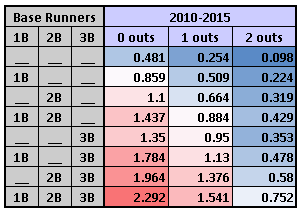I think it's ridiculous....I hated it in 12U travel ball, but I understand that the tourneys were on a bit of a time schedule.
The rule is put in for two reasons....pace of play, which this rule doesn't effect...it effect the length of the game. If you don't want to stay....just get up and go home...it happens all the time in MiLB. A lot of those fans are there for "something to do"...and could care less about the game.
The second reason was due to pitching issues...too many innings, not enough arms, etc, etc. If that's the case, I'd rather them just play 12 innings....and if it's tied at the end of 12, call it a tie. Heck, you can tie in the NHL and people deal with it. It is what it is. I'd rather see a team go all out in the bottom of 12 trying to score a run any way they can to get the win than see a 0-0 game ruined when it ends in the bottom of 10 on an error to 3B on the first pitch of the inning.

